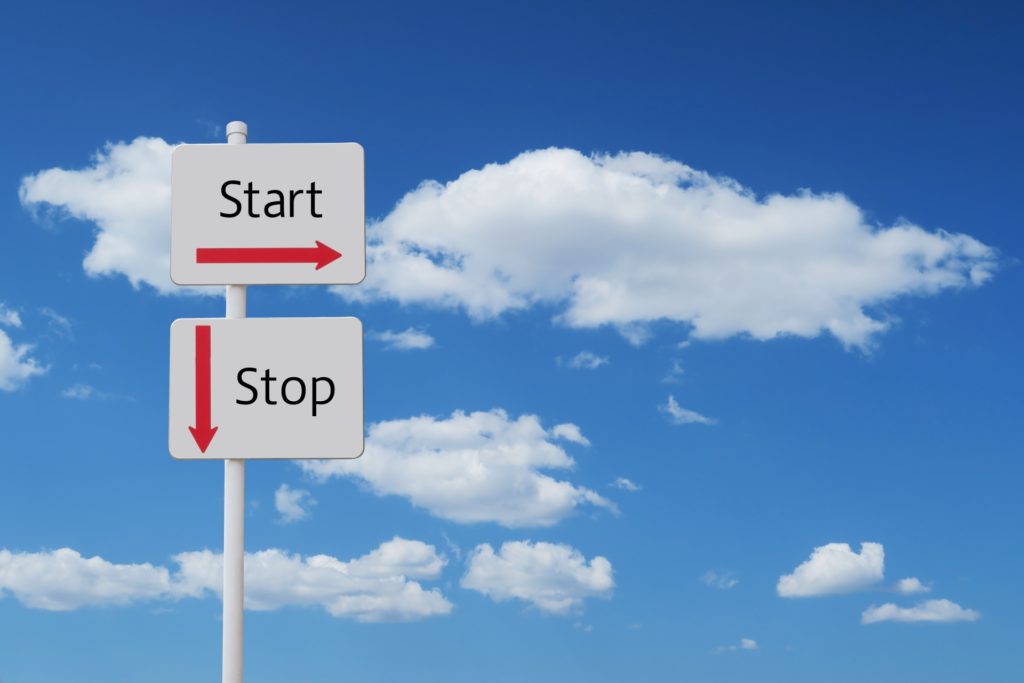

By moving massive quantities of energy from the surface to the deep ocean in what is known as the "carbon pump,” midwater animals provide an important food resource in what would otherwise be a food desert. When these animals swim down in the morning, they move organic matter from the surface to greater depths, where eventually it sinks as marine snow to the seafloor, providing much-needed food. Many zooplankton and small fish feed in the surface layer of the ocean at night and then swim to depth during the day. From gelatinous animals such as jellies, siphonophores, and tunicates to fish and marine mammals, the organisms that live in the water column are an essential link in the marine ecosystem.Īlgae near the surface incorporate carbon dioxide into organic matter through photosynthesis and are eaten by small zooplankton, which in turn are eaten by larger animals.
Water column geo duck full#
While they may seem sparse, midwater animals have the full volume of the water column to move freely about in all three dimensions, making them sometimes difficult to find however, the water column actually also holds a much greater biomass than the seafloor. The geoduck is a unique-looking species, but its color palette is neutral. Their shells have darker colored rings and have specks of brown covering along the edges of the shell. Though it makes up between 95 to 99 percent of the total livable volume of the planet, the water column (which includes all of the water in the ocean between the surface and the seafloor) remains one of the most poorly explored environments on Earth. Geoducks take water in and squirt water out through either of these openings. These full scale geometry files are saved as SolidWorks assembly, IGS, and STEP files, and require a CAD program to view. Video courtesy of the NOAA Office of Ocean Exploration and Research, Deep-Sea Symphony: Exploring the Musicians Seamounts. Contains the Reference Model 6 (RM6) full scale geometry files of the Oscillating Water Column, developed by the Reference Model Project (RMP).


To view this video please enable JavaScript, and consider upgrading to a web browser that supports HTML5 video Diversity, Equity, Inclusion, and Accessibility.


 0 kommentar(er)
0 kommentar(er)
